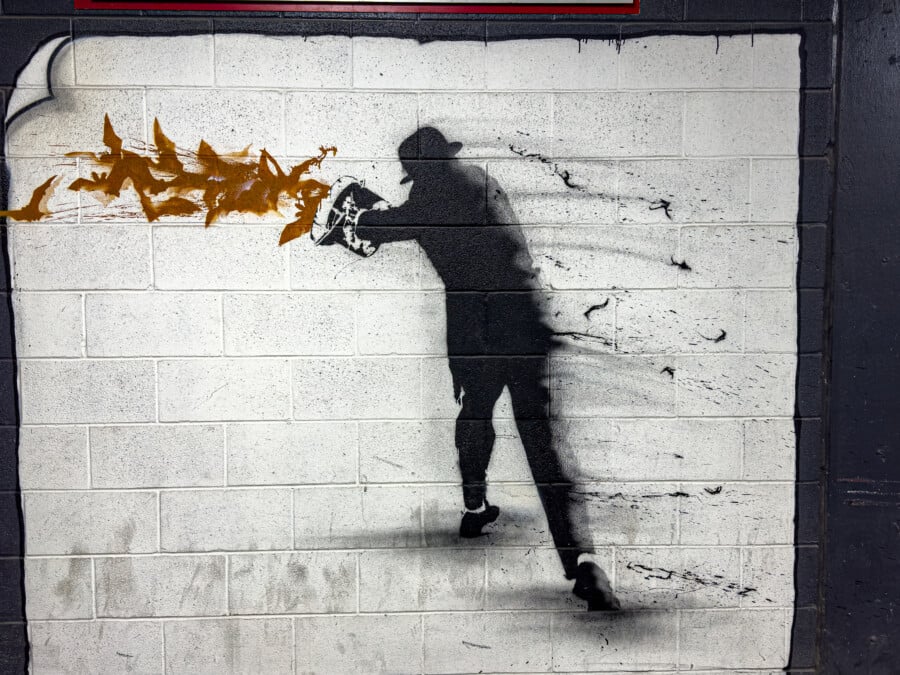Top Engagement Strategies for Business Leaders in 2025
Source: Canva
Have you ever wondered what truly drives engagement in today’s evolving workplace? In 2025, it’s no longer just about satisfying employees or pleasing customers, it’s about fostering genuine, human-centered relationships. As workforces become more hybrid and fast-paced, leaders must rethink how they connect with their teams, clients, and communities.
Whether you’re guiding a remote team or leading transformational change, the right engagement strategies will help you stay grounded, foster trust, and inspire consistent, long-term performance across every level of your organization.
Understanding Engagement in Today’s Workplace
Modern engagement goes beyond happy employees. It’s about creating a workplace where people feel empowered to speak up, take initiative, and know their work truly matters. Leaders play a key role in shaping this environment, and that begins with building trust and connection.
One way to reinforce that connection is through thoughtful communication that feels personal and timely. Recognizing birthdays, milestones, and personal wins helps maintain a sense of community, even across dispersed teams. Creating personalized online greeting cards has become a popular and effective way to add a human touch, offering a simple, low-effort method to strengthen relationships in a digital-first work culture.
Why Culture Starts at the Top
Leadership isn’t just about business direction, it’s about cultural direction too. When you model clarity, empathy, and inclusion, others will follow. Teams look to their leaders not only for answers but also for tone, behavior, and attitude.
Human-Centered Leadership Techniques
Lead with Vision, Not Just Metrics
People want to know they’re contributing to something meaningful. Share your “why” regularly, not just numbers and goals. Let your team know how their day-to-day work supports the organization’s broader mission and purpose.
Listen More, Talk Less
Active listening is one of the most powerful tools a leader can use. When people feel heard, they feel respected. Make time for check-ins and stay open to feedback even when it’s critical. Engagement begins with a conversation.
Encourage Growth and Ownership
People stay engaged when they’re learning and growing. Encourage your team members to take on new challenges, explore interests, and develop new skills. Offer support through mentoring or short-term stretch projects.
Expanding Engagement Outside Your Team
Customers and Partners Matter, Too
Engagement should also extend to those who interact with your business externally. Clear, timely communication with clients and partners builds credibility. Show that your company isn’t just delivering a product but building a relationship.
Be a Visible, Accessible Leader
People want to see real humans behind the business. That means showing up, speaking up, and staying consistent in your messages. Whether it’s a video message, an email, or a simple post, your presence matters.
Using Simple Tools to Build Connections
Tech Should Support, Not Replace, Human Connection
Technology is a tool, not a solution. Use communication platforms to make people feel closer, not just more productive. Find tools that allow for feedback, recognition, and real-time updates without creating digital noise.
Celebrate the Small Things
Recognizing birthdays, work anniversaries, and personal milestones keeps your culture warm and human. Even something as simple as knowing how to wish someone a happy birthday or how to sign a birthday card can make a lasting impression.
Sending a personalized note or even an ecard can go a long way. Wondering what an e-card is? It’s a digital greeting card and an easy way to stay connected, especially in hybrid or remote settings.
Personalized Engagement in Everyday Leadership
Make Every Message Count
Whether you’re learning how to sign a sympathy card or figuring out how to say thank you for welcoming me to the team, the secret is sincerity. Tailor your messages to reflect real gratitude or care.
Avoid generic lines. Instead, use the person’s name, refer to a specific interaction or quality, and end with a warm sign-off.
Be Thoughtful and Timely
The timing of your message matters. Don’t wait for formal events to show appreciation. A quick, genuine note sent when it matters most often leaves the strongest impression.
This applies to all kinds of notes from birthday greetings to thank-you messages. And if you’re wondering how to write in a birthday card, just think about what you’d say face-to-face: warm, kind, and personal.
Consistency and Clarity Build Trust
Stick to Your Values Daily
Values aren’t just wall art, they’re daily behaviors. If you promote inclusion or collaboration, show it in meetings, decision-making, and interactions. Team members engage more when they see values in action.
Keep Communication Transparent
Engagement thrives in clarity. Keep your team informed about what’s happening and why. Even when decisions are tough, transparency builds respect and long-term buy-in.
Encouraging Feedback and Co-Creation
Make Engagement a Shared Experience
Involve your team in shaping the culture. Ask what motivates them, what tools they find helpful, and how they prefer to communicate. When people feel part of the process, they engage more deeply.
Create Regular Feedback Loops
Don’t wait for annual reviews to check in. Keep engagement ongoing with casual feedback sessions, surveys, or open-door policies. You’ll build trust and gain valuable insights.
Easy Engagement Wins to Try This Week
-
Start each meeting with a moment of gratitude or recognition
-
Send a handwritten or digital card for a milestone
-
Share your leadership goals with your team in a personal way
-
Ask your team how they prefer to be recognized
-
Encourage one team member to lead a discussion or share insights
These actions may be small, but their impact is big. Engagement isn’t about flashy programs, it’s about showing up, listening, and caring.
Frequently Asked Questions
1. How can leaders build engagement without formal programs?
Simple actions like listening, recognizing wins, and sharing vision can be even more effective than formal programs. Personal connection is often what drives the deepest engagement.
2. What are low-effort ways to boost team morale?
Celebrate milestones, check in regularly, and offer genuine praise. Tools like e-cards or handwritten notes also work wonders, especially when teams are spread out.
3. How can I personalize communication as a leader?
Use names, reference personal or team achievements, and adapt your tone based on the situation. Whether you’re learning how to write in a birthday card or just sending a thank-you, personalization makes people feel valued.
Engagement Is a Leadership Mindset
In 2025, engagement is less about doing more and more about doing things with intention. It’s about being present, leading with empathy, and remembering that your team is made up of individuals each with their motivations and needs.
So whether you’re learning how to sign a birthday card, encouraging feedback, or simply showing up as a thoughtful leader, every small act contributes to a culture of connection.
When you lead with heart, people follow. And that’s the true power of engagement.












